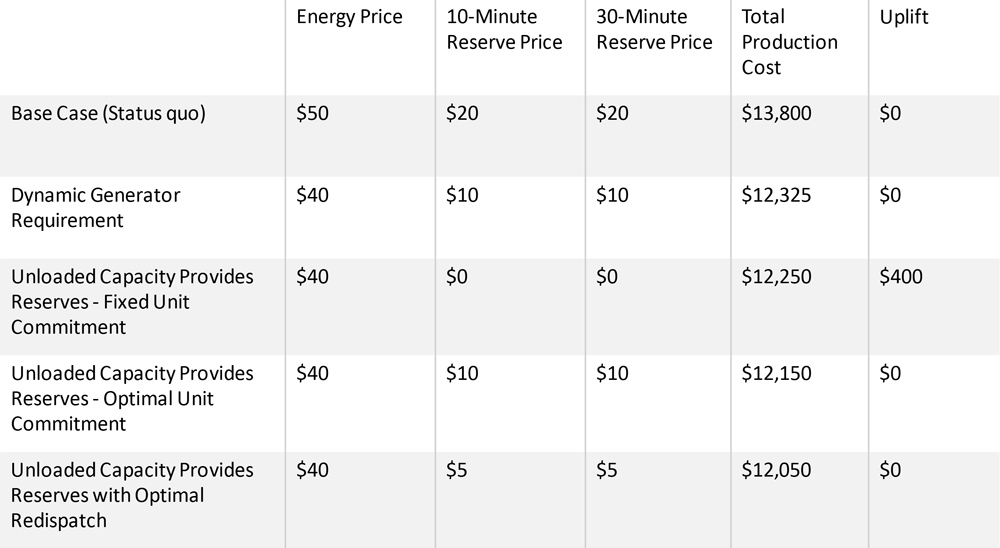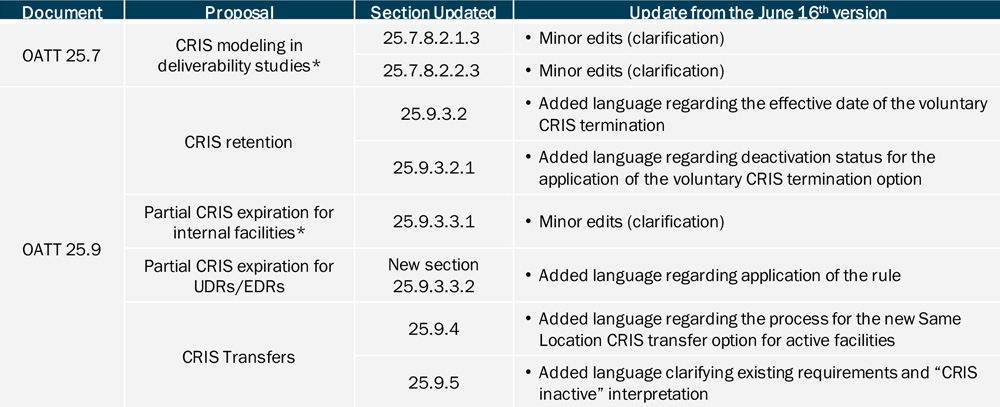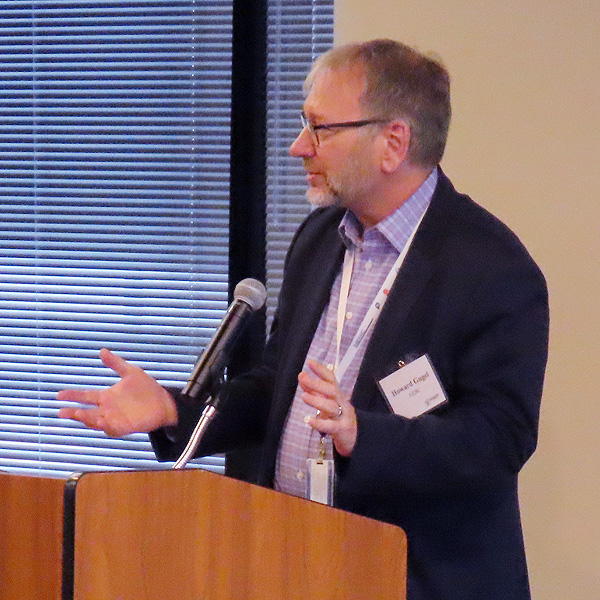Boston Metal has figured out a way to turn iron into steel without using coal, thanks in part to the Department of Energy’s high-performance supercomputers, which helped the Massachusetts-based startup model the superhigh temperatures — 1,600 degrees Celsius — needed for the decarbonized process.
“There are the electric chemical elements; there is the material fluid dynamics element. You have liquid metal; you have liquid electrolyte; you have oxygen bubbling through all of that,” said Adam Rauwerdink, the company’s senior vice president for business development. “This thermal modeling is a key element that you want to ensure you have all of your liquid metal and your liquid electrolytes in a molten form, that you’re not getting solid corners or freezing of the surface layers.”
Rauwerdink was speaking at DOE’s High-Performance Computing for Energy Innovation (HPC4EI) online workshop on Friday, where the focus was on the potential for high-performance computers (HPCs), and the ultrafast processing and simulations they offer, to overcome the challenges of decarbonizing heavy industry in the U.S. by 2050.
“We use computer simulations to short-circuit the usual Edisonian approach” — engineer-speak for trial and error, said Aaron Fisher, the HPC4EI project manager at Lawrence Livermore National Laboratory.
In other words, researchers and technology developers can use the computers to simulate and test models of new equipment, new materials and new processes and iterate at warp speed through the trial-and-error phase of project development, without running up costs for repeated lab or field demonstrations.
U.S. manufacturing is in the midst of a technological revolution, Fisher said. “This revolution, instead of being powered by machinery, is being powered by the great expansion of our ability to [collect] data and process it and predict the outcomes, using that data. The data revolution is leading us to new ways of producing things … it’s allowing us to rethink how we develop manufacturing processes themselves.”
The HPC4EI program provides $300,000 awards to companies, allowing them to work with researchers at DOE’s national labs, which house a wide range of supercomputers. Oak Ridge National Laboratory’s Summit system, for example, has been ranked as one of the fastest computers on Earth, capable of processing 200,000 trillion calculations per second.
Since it was started eight years ago, HPC4EI has funded close to 150 projects, working with more than 80 companies of all sizes, from startups to major corporations, Fisher said. The companies benefit from smarter product designs and faster time to market, while also improving efficiency and saving money, he said.
Researchers at the labs also benefit “by cutting their teeth on a new class of problems that they may not have thought of before. This leads to new thinking and computational methods.”
Fisher cited a number of HPC4EI projects, such as working with ArcelorMittal to reduce the amount of natural gas needed to reheat steel slabs before they are rolled out into sheet metal. The program also paired up Raytheon and Oak Ridge National Lab for “microstructural phase field simulations” that resulted in the manufacture of lighter airplane parts, which could eventually help airlines save on fuel costs.
In the case of Boston Metals, DOE provided early funding and technical support for the company’s development of its molten oxide electrolysis process for making steel. As described on the company website, the process involves an electrolyte containing iron ore, which is electrified to 1,600 degrees Celsius, splitting off the oxygen from the ore to produce liquid metal.
The company is working toward its first commercial-scale plant in 2025, with investors that include Bill Gates’ Breakthrough Energy Ventures, utility-funded Energy Impact Partners and The Engine, a venture fund that, like Boston Metal, began as a spin-off from the Massachusetts Institute of Technology.
The impact could be significant. According to Rauwerdink, the 2 billion tons of steel produced with coal worldwide per year pumps 3.5 billion tons of CO2 into the atmosphere, or about 8% to 10% of all global CO2 emissions.
Scaling the technology on a global basis, which is part of Boston Metal’s long-term plan, will require even more sophisticated computer modeling, he said. “You just keep adding additional levels of complexity to your modeling.”
Scale up or Scale out?
DOE has recently intensified its focus on industrial decarbonization, for example, releasing an Industrial Decarbonization Roadmap last month, with plans and milestones laid out for the country’s five most carbon-intensive industrial sectors — iron and steel, chemicals, cement, food and beverage production and petroleum refining.
These industries and other manufacturing and industrial sectors account for 33% of U.S. energy consumption and 30% of carbon emissions, the roadmap said, citing figures from the Energy Information Administration.
DOE’s Advanced Manufacturing Office (AMO) will also be split in two, with one office still focusing on advanced manufacturing and a second targeting industrial decarbonization, according to Robin Miles, HPC4EI director at the Livermore Lab.
“We now have a really unique time to be able to change the way we have been doing things for centuries or, in some cases, millennia, and really rethink what that means,” said Joe Cresko, AMO’s chief engineer. “We’re going to really need to do a lot of research and development, and expedite that, accelerate that, and have a deeper understanding about the options and impacts of making these changes.
“High-performance computing is a really important part of that,” Cresko said. Continuing business as usual could result in a 17% increase in U.S. carbon emissions by 2050, he said.
Supercomputers can analyze multiple paths and options for reaching net-zero — and the tradeoffs each may entail, he said. “We need to ensure reliable and electrified services, which means you need to be able to integrate into the grid intermittent energy sources. We need to consider the ability to use hybrid and dual-fuel sources [and] more efficient heat transfer at all scales.
“Modular approaches may be a way to really transform some of the operations that are done at very large economies of scale,” Cresko said. “Instead of scaling up, can we scale out? What [do] those processes look like as we begin to change?”
Next-gen CSP
Cresko and others at the workshop see HPC playing a central role in accelerating the scaling and commercialization of still emerging technologies — such as green hydrogen, carbon capture and sequestration, and concentrated solar power — that are increasingly seen as vital for achieving a net-zero economy in the U.S. by 2050.
While once considered a promising and possibly better technology than photovoltaic solar, concentrated solar power (CSP) lost momentum in the U.S. after a few large projects were completed in the Southwestern desert — most notably the 386 MW Ivanpah project near Las Vegas. PV was cheaper, easier to permit, simpler to operate and less environmentally disruptive.
Total global capacity for CSP currently stands at about 7 GW, according to Avi Shultz, DOE program manager for CSP. The technology uses large mirrors, called heliostats, to reflect and concentrate sunlight onto a tank at the top of tower, Fluid in the tank is heated to very high temperatures, 500 degrees or more, to produce steam that can then run a turbine or be stored for later use.
While no major CSP plants are under construction in the U.S., China is in the process of building 30 CSP projects, as a form of storage for larger installations combining PV and wind energy. Renewed interest in the technology has also surfaced in Australia.
DOE’s efforts to rebuild U.S. innovation and competitiveness in the technology, specifically as a potential source for process heat for heavy industry, could breathe new life into the U.S. market. The department recently released a roadmap for next-generation heliostat production and awarded $24 million in funding for a range of projects, such as developing CSP technologies to be used to decarbonize the production of cement and limestone.
Decarbonizing heavy industry could require CSP projects that can produce heat at 700 degrees Celsius, Shultz said. DOE also wants to cut the levelized cost of CSP, with 12 hours of storage, from its 2020 rate of 9.5 cents/kWh to 5 cents/kWh by 2030.
A team at NREL is “trying to model the field-level wind forces in the heliostat field, which … [can] become extremely complex and nonlinear,” Shultz said “This really calls out for computational analysis. The number of power metrics and variables in ways you can optimize these systems becomes very, very quickly unmanageable. So really clever computational approaches to solving and optimizing heliostat fields both at the component level and at the overall field and operational level really are necessary to hit our targets for cost and performance.”




